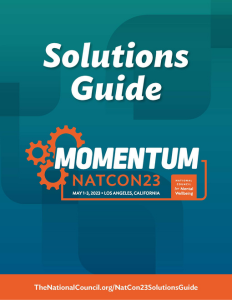Back
WST7 - Just Breathe!
Tuesday, May 2, 2023
3:45 PM – 4:15 PM

Pierluigi Mancini, PhD, MAC (He/Him/El)
President
Multicultural Development Institute, Inc.
Atlanta, Georgia
Presenter(s)
Breathing is a necessity of life that usually occurs without much thought. When you breathe in, blood cells receive oxygen and release carbon dioxide. Carbon dioxide is a waste product that's carried back through your body and exhaled.
Improper breathing can upset the oxygen and carbon dioxide exchange and contribute to anxiety, panic attacks, fatigue, and other physical and emotional disturbances. The next time you’re feeling anxious, there are a variety of anxiety breathing exercises to try.
This will be an interactive session where participants will be invited to join one or more breathing activities.
Improper breathing can upset the oxygen and carbon dioxide exchange and contribute to anxiety, panic attacks, fatigue, and other physical and emotional disturbances. The next time you’re feeling anxious, there are a variety of anxiety breathing exercises to try.
This will be an interactive session where participants will be invited to join one or more breathing activities.
Learning Objectives:
- Participants will be able to identify and explain the different types of breathing techniques, such as diaphragmatic breathing, pursed-lip breathing, and alternate nostril breathing.
- Participants will be able to compare and contrast the benefits of different breathing techniques, and describe how they can be used to manage stress, anxiety, and other health conditions.
- Participants will be able to demonstrate proper breathing techniques through guided practice, and incorporate these techniques into their daily routine to improve their overall well-being.

.png)
